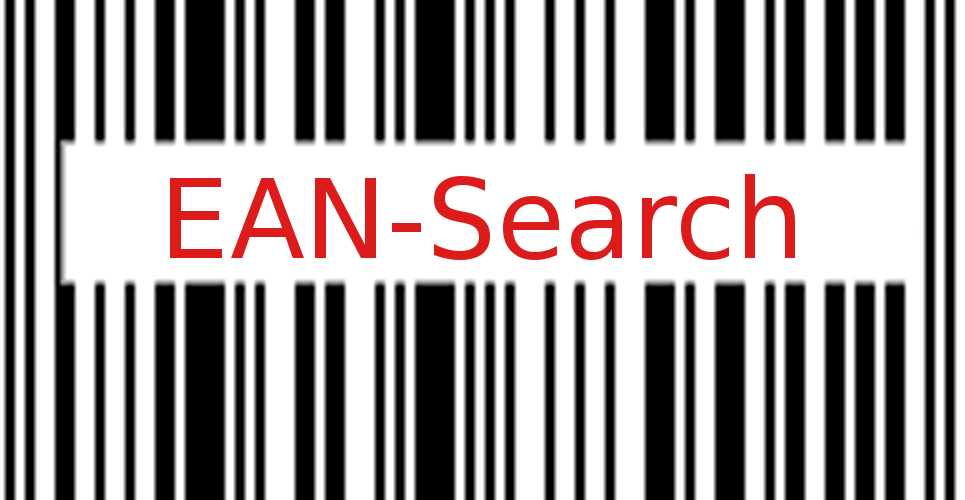What Is EAN?
EAN, which stands for European Article Number, is a globally recognized standard for product identification. It was initially developed in the early 1970s to address the need for a universal product identification system that could streamline inventory management and facilitate international trade. The EAN system uses a series of numbers to uniquely identify each product, making it easier for businesses to track and manage goods across various markets.
Importance of EAN in Global Trade
The EAN system plays a critical role in global trade by providing a standardized method for identifying products. This standardization is crucial for businesses operating internationally, as it ensures consistency and accuracy in product information. By using EAN codes, companies can avoid confusion and errors that might arise from differing product identification systems across countries. This uniform approach helps to facilitate smoother transactions, enhance supply chain efficiency, and reduce administrative overheads associated with managing inventory and logistics on a global scale.
How EAN Works
Structure of EAN Codes
EAN codes come in two primary formats: EAN-8 and EAN-13. The EAN-8 format consists of 8 digits and is typically used for small products with limited space for labeling. It includes:
- Country Code: Identifies the country where the manufacturer is registered (first few digits).
- Manufacturer Code: Designates the specific manufacturer or brand (following digits).
- Product Code: Specifies the individual product (next set of digits).
- Check Digit: A single digit used to validate the accuracy of the code through a checksum algorithm.
The EAN-13 format, with its 13 digits, is used for a wider range of products and follows a similar structure, offering more flexibility and detail. The additional digits provide more granularity, which is useful for larger or more complex product ranges.
How to Read and Interpret EAN Codes
Reading EAN codes involves interpreting the different sections of the code to extract meaningful information. For EAN-8 codes, start by identifying the country code, which tells you the country of origin for the manufacturer. Next, decode the manufacturer code to determine the company responsible for the product. The product code identifies the specific item, while the check digit ensures that the code has been entered correctly. For EAN-13 codes, the process is similar but includes additional digits that provide more detailed information about the product. Visual examples of EAN-8 and EAN-13 codes can help illustrate how these elements are arranged and how they function together to provide unique product identification.
EAN Standards in E-commerce – Benefits
For e-commerce businesses, EAN codes offer numerous advantages that enhance operational efficiency. First, they facilitate effective inventory management by providing a standardized method for tracking stock levels, which helps in minimizing stockouts and overstock situations. Second, EAN codes streamline logistics and supply chain processes by enabling accurate and efficient product handling and transportation. This leads to reduced errors and improved coordination between various supply chain partners. Additionally, EAN codes improve accuracy in sales and order processing, helping businesses maintain correct inventory levels and ensuring that customers receive the right products.
EAN Codes and Online Marketplaces
Major online marketplaces such as Amazon, eBay, and Alibaba require EAN codes for product listings to ensure that items are accurately cataloged and differentiated. EAN codes play a vital role in product listing and cataloging by providing a standardized way to identify products, which helps in maintaining a consistent and organized product database. This standardization is crucial for effective search and retrieval of products, facilitating smoother transactions and enhancing the overall shopping experience for customers. Adhering to EAN requirements also helps businesses avoid listing errors and ensures compliance with marketplace policies.
Implementation of EAN in Your Business
Obtaining EAN Codes
To obtain EAN codes, businesses need to register with an authorized EAN issuing agency, such as GS1. The process involves applying for a unique company prefix, which is used to generate EAN codes for your products. Costs associated with obtaining EAN codes can vary based on factors such as the size of your business and the number of codes required. For small businesses, there are lower slab options available, including the ability to purchase a limited number of codes. It is essential to choose a reputable and authorized provider to ensure the authenticity, accuracy and uniqueness of your EAN codes.
Integrating EAN Codes into Your Systems
Integrating EAN codes into your business systems involves incorporating them into your inventory management and sales processes. This typically requires the use of specialized software and tools that can handle EAN code data and facilitate its use in various business operations. Best practices for implementation include ensuring that all staff are trained on how to use EAN codes effectively, maintaining accurate records of assigned codes, and regularly updating your systems to reflect any changes or additions to your product range. Proper management of EAN codes helps in maintaining operational efficiency and accuracy in product identification.
Future Trends and Developments
Evolution of EAN Standards
The EAN standards are continuously evolving to keep pace with technological advancements and changing industry needs. Recent updates have introduced new features and enhancements to accommodate emerging technologies, such as the Internet of Things (IoT) and artificial intelligence (AI) in logistics. These developments aim to improve the efficiency and accuracy of product tracking and management, providing businesses with more robust tools for managing their supply chains and inventory.
Predictions for EAN and Global Trade
Looking ahead, EAN standards are expected to evolve in response to global commerce trends and digital transformation. Predictions suggest that EAN codes will become more integrated with digital platforms and technologies, enabling real-time tracking and data sharing across various systems. This evolution will likely enhance the accuracy and efficiency of global trade, supporting the growing demand for seamless and transparent supply chains. Businesses that adopt and adapt to these changes will be better positioned to leverage the benefits of EAN standards in an increasingly interconnected world.
Conclusion
In conclusion, EAN standards are essential for optimizing e-commerce operations, offering significant benefits such as improved inventory management, streamlined logistics, and enhanced accuracy in sales processes. Implementing EAN codes can greatly contribute to a more efficient and effective business operation, facilitating smooth transactions and better customer experiences. Businesses are encouraged to adopt EAN standards and leverage their advantages to stay competitive in the global marketplace.










